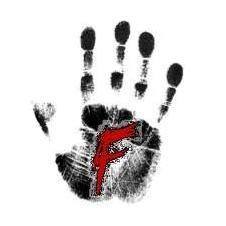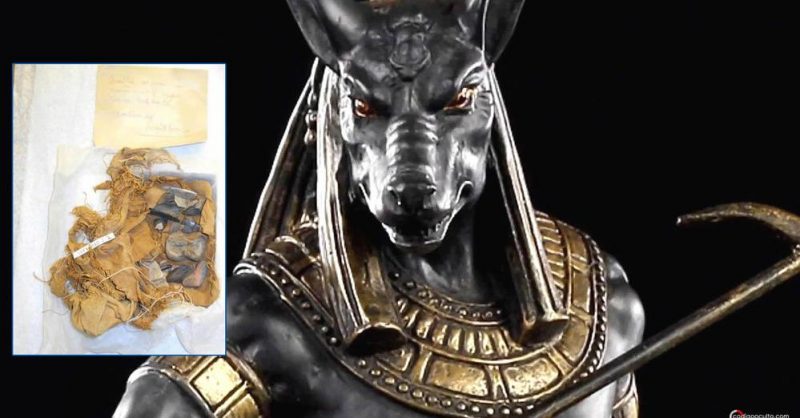After a great sandstorm, a group of Egyptians found a set of black bones turned into fossils. Who did these pieces belong to? Everything seemed to indicate that the robust, dark bones were the remains of a gigantic monster. What did subsequent research show? Let’s take a look at its history.
A significant find for the time
Although the records do not reveal specific details about the find, we can get an idea of how important it was to its discoverers. For example, the careful way they were wrapped tells us a lot about how significant it was to find 2,000-year-old fossils.
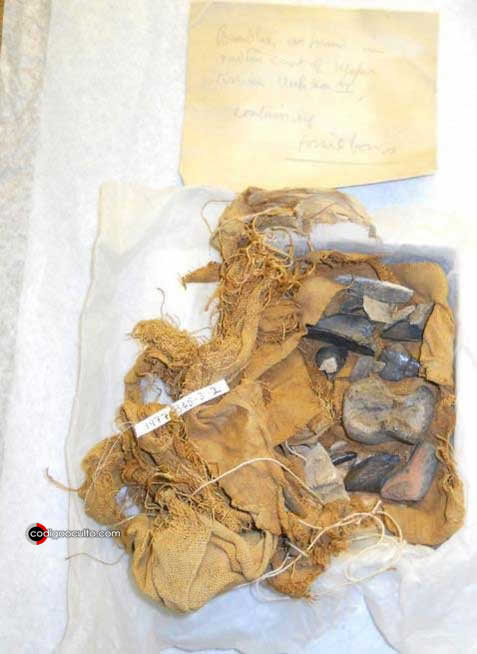
Egyptian fossils in an unwrapped linen package. Courtesy: ironfromthesky.org However, its discoverers decided not to expose the find. Instead, they chose to bury them in a rock tomb on the outskirts of the city of Qau el-Kebir. His burial was worthy of royalty, the fossils were wrapped in very delicate bedding, accompanied by ivory tools so that they could successfully pass into the afterlife.
Another aspect that leads us to conclude that the find was important to the Egyptians is the type of tomb they used. It was not a simple improvisation, they were tombs more than 1,500 years old. There, archaic Egyptian gods and lords were buried , a place for the veneration of the ancient dead.
Discoverers link the find to the god Seth
Despite the passing of the centuries, we do not know for sure what the Egyptians imagined when they came across these fossils. However, the evidence is enough to conclude that they believed they had found the remains of a very important god: Seth, the god of chaos.
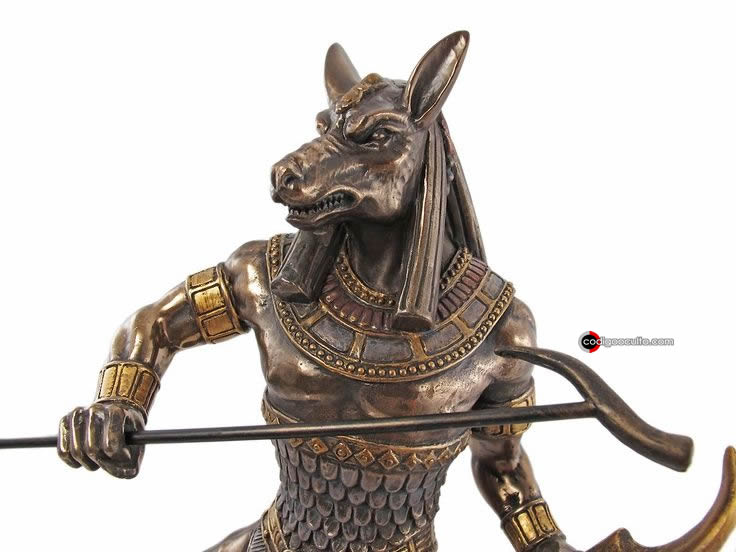
Since the bones had been turned into fossils (very hard and robust bones) and had a dark color, it did not take long to associate them with a deity. And it is that religion had taught them that the gods had bones as hard as if they were made of iron.
For this reason, it is possible that, when finding bones of human beings together with remains of hippos, they came to the conclusion that they came from the same place. Perhaps they believed they were the remains of a half-human, half-animal god . So, everything seems to indicate that they were convinced that they had found the remains of the god of chaos Set.
Discovery in later centuries
It was not until the year 1922 AD. C archaeologists such as Guy Brunton and Flinders Petrie found these pieces wrapped in linen. However, they did not understand what was locked or what was inside the package. Even so, by 1926 the geologist KS Sandford was still investigating both its origin and its content.
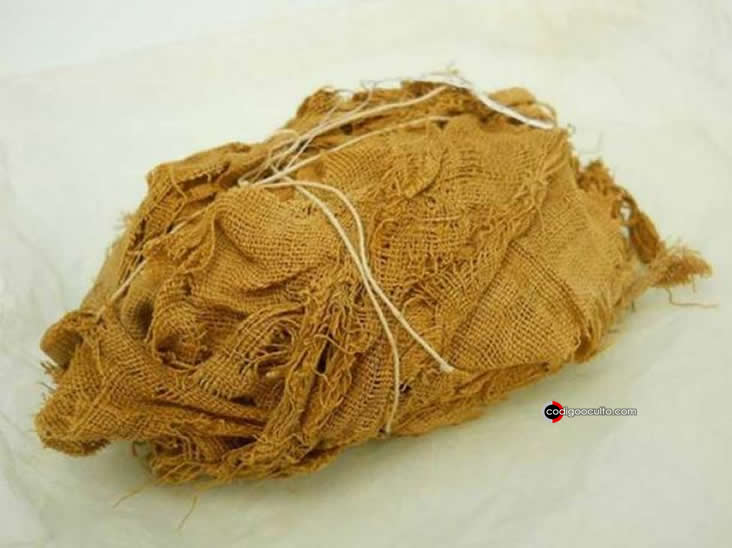
After 3,000 years of being buried, Brunton and Petrie removed the fossils and sent the find to a museum where they remained protected. Similarly, it took more than 80 years for someone to design to notice its content once again in 2007.
A new investigation opens
Still, no one wanted to be responsible for opening the 3,000-year-old package and taking the risk of damaging such an important object. For this reason, it was decided to entrust the task to an X-ray machine that would reveal, without risk, its contents.
Finally, in 2014, the mysterious and ancient package was exposed. They were small pieces of some now-extinct animals such as giant crocodiles, wild boars, giant wildebeest, buffalo, and, in addition, human beings. However, the largest number of pieces were from giant hippos from prehistoric times, coincidentally the animal that represented the god Set.
